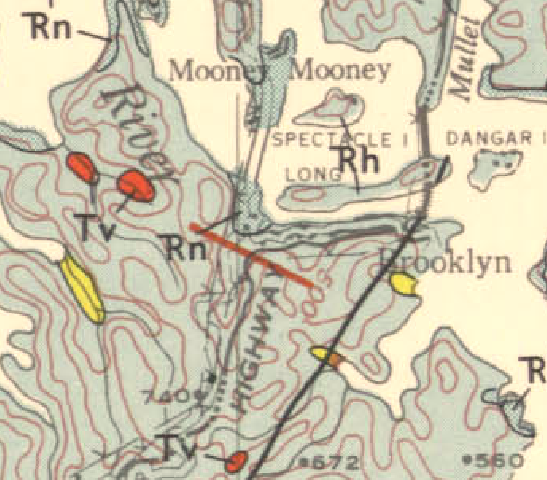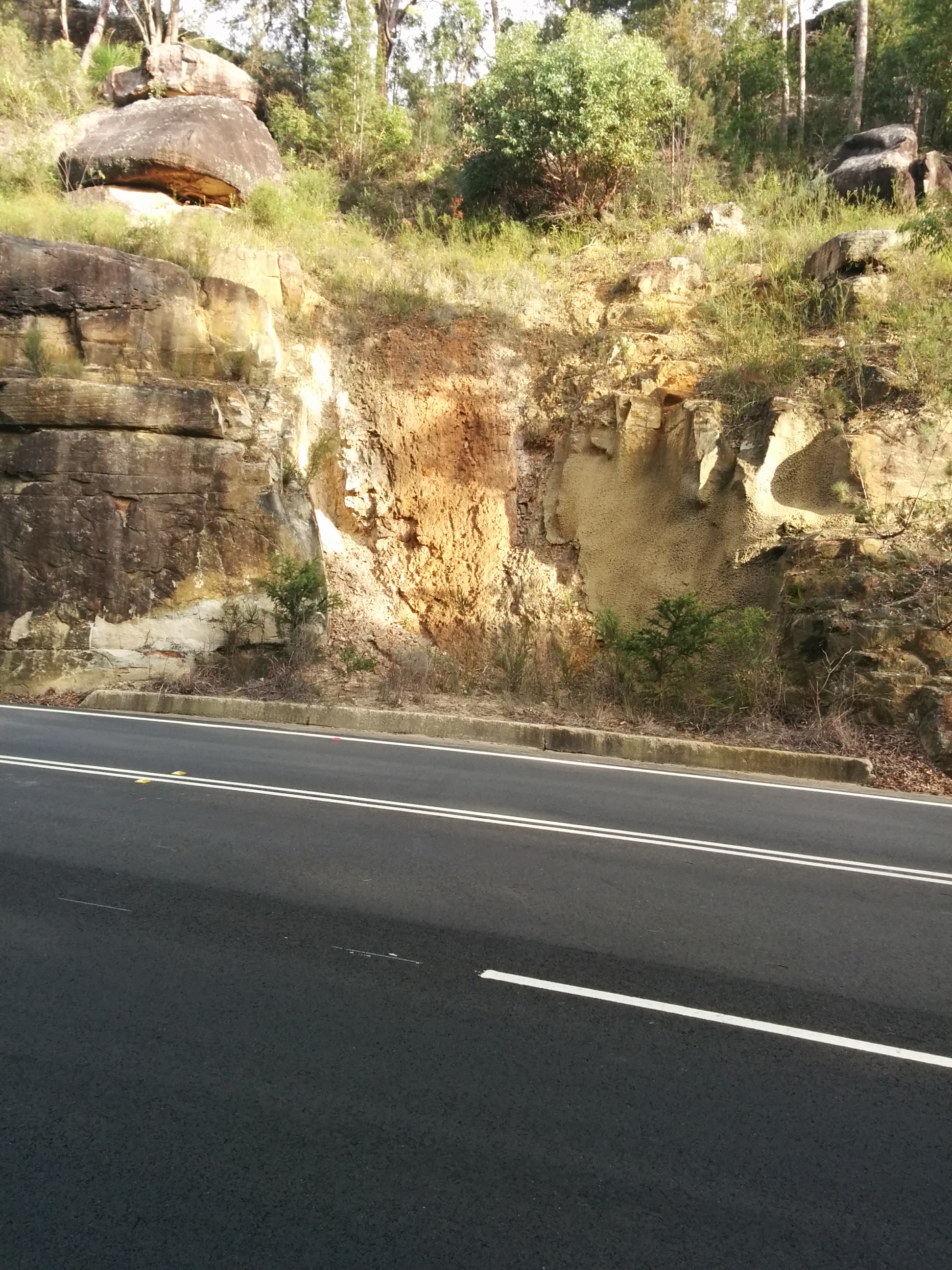I was moving an old pile of timber out in the back yard over the weekend, hiding in amongst it were 2 Broad Tailed Geckos. I only actually saw one, which had dropped it tail and run off. I knew there was at least one other as there was a second tail writhing about on the ground. The tails moved as though they were alive, made me wonder if they can drop their tails at will as a diversion when they sense they are about to be preyed upon.
I’d placed my jacket on the ground while I was working, when I picked it up a few hours later this guy fell out! Geckos look cool and I always like to see them, I was extra impressed with how effective it was camouflaged against the natural sandstone.





